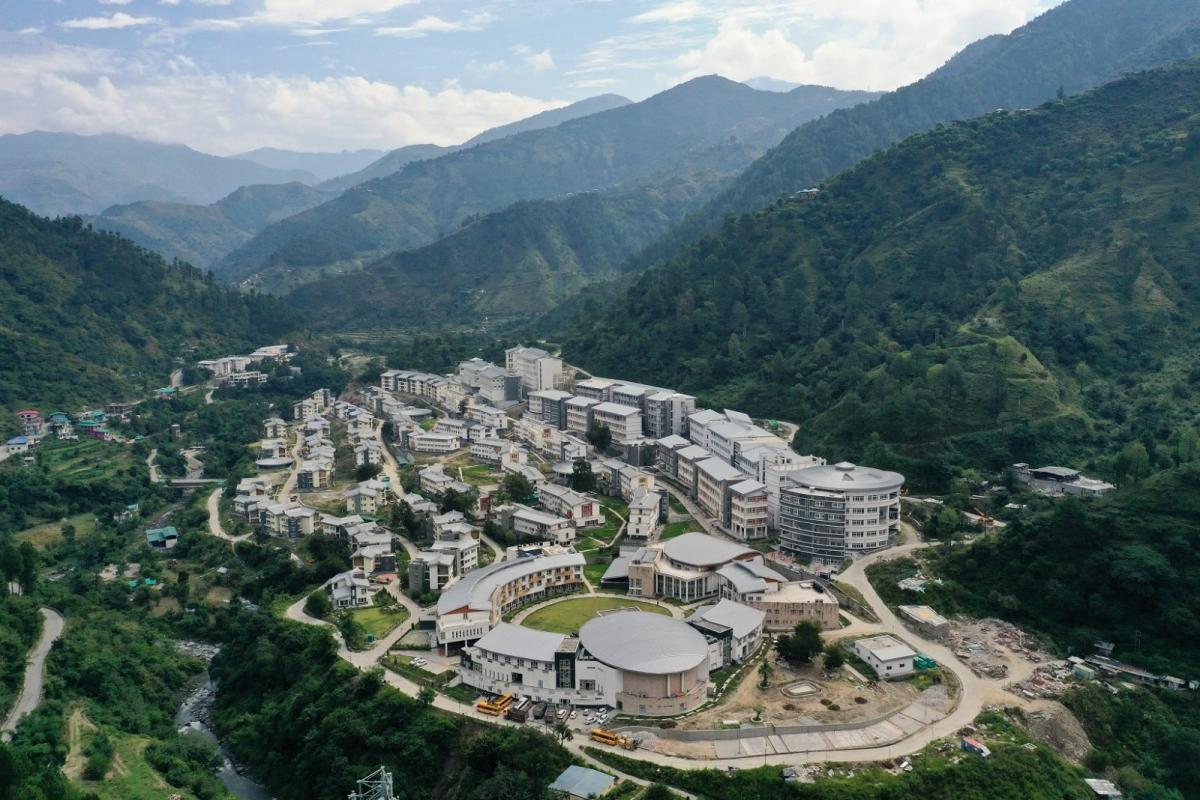A cost-effective microfluidic system to replicate soil-like conditions, has been developed by researchers at the Indian Institute of Technology (IIT) Guwahati to help boost crop yield, the institute said on Monday.
According to the team, the innovation can help enhance nutrient flow for improved root growth and nitrogen uptake.
The primary root of a germinating seed functions as the plant’s anchor, absorbing water and nutrients. This root must navigate a variety of soil conditions during its early growth, which is critical to plant survival.
Nutrient supply, pH levels, soil composition, aeration, and temperature, all have a significant influence on root development.

However, studying root dynamics has proven difficult due to the constraints of traditional experimental setups, which frequently require large containers and complex handling.
The team used microfluidics to study how primary roots absorb nutrients, offering insights into optimising nutrient delivery in agriculture. Their work was supported by the Science and Engineering Research Board, Department of Science and Technology, and published in the journal Lab on a Chip.
The research focused on the high-yielding mustard variety, Pusa Jai Kisan, examining how different nutrient flows affect root growth and nitrogen uptake.
The findings reveal that an optimal nutrient flow rate can enhance root length and nutrient uptake, while excessive flow can stress the roots, reducing their growth.
The study highlights the importance of managed nutrient flow in promoting plant growth.
“Our study provides new insights into plant root dynamics using microfluidic devices, offering practical implications for agriculture,” said Pranab Kumar Mondal, Department of Mechanical Engineering, IIT Guwahati.
The team plans to further explore the molecular mechanisms of flow-induced changes in root growth, aiming to develop resilient hydroponic systems for soilless crop production.
(With inputs from)







